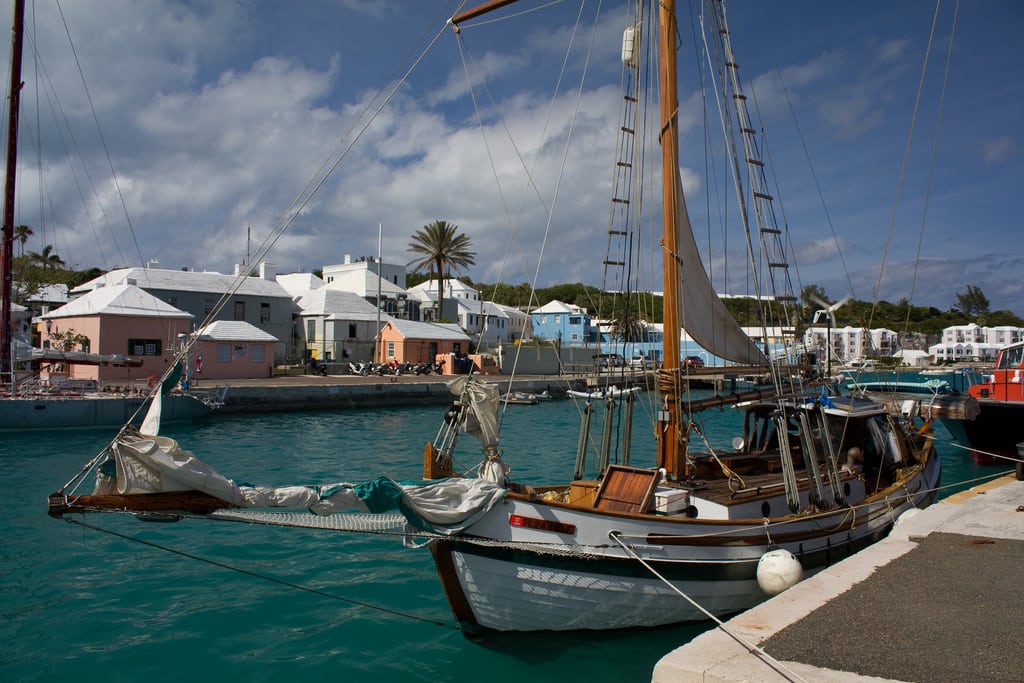Bermuda's One-Year-Old Tourism Board Is Taking Baby Steps

Skift Take
The success or failure of BTA's marketing and product development will contain key lessons for other large and small destinations looking to attract a younger visitor base.
The one-year-old Bermuda Tourism Authority has the unique task of finding out exactly what it takes to turn around a destination's declining visitation.
The organization was formed in December 2013 after a steady decline in tourism: arrivals had fluctuated over the past thirty years, reaching its peak in 2007. In 2013; however, the island welcomed 579,808 visitors via air, cruise and yacht, an almost 6 percent decrease since 2012. The island's largest source markets -- the United States and Canada -- decreased seven and eight percent, respectively in that time.
The island's current challenge is not attractin
